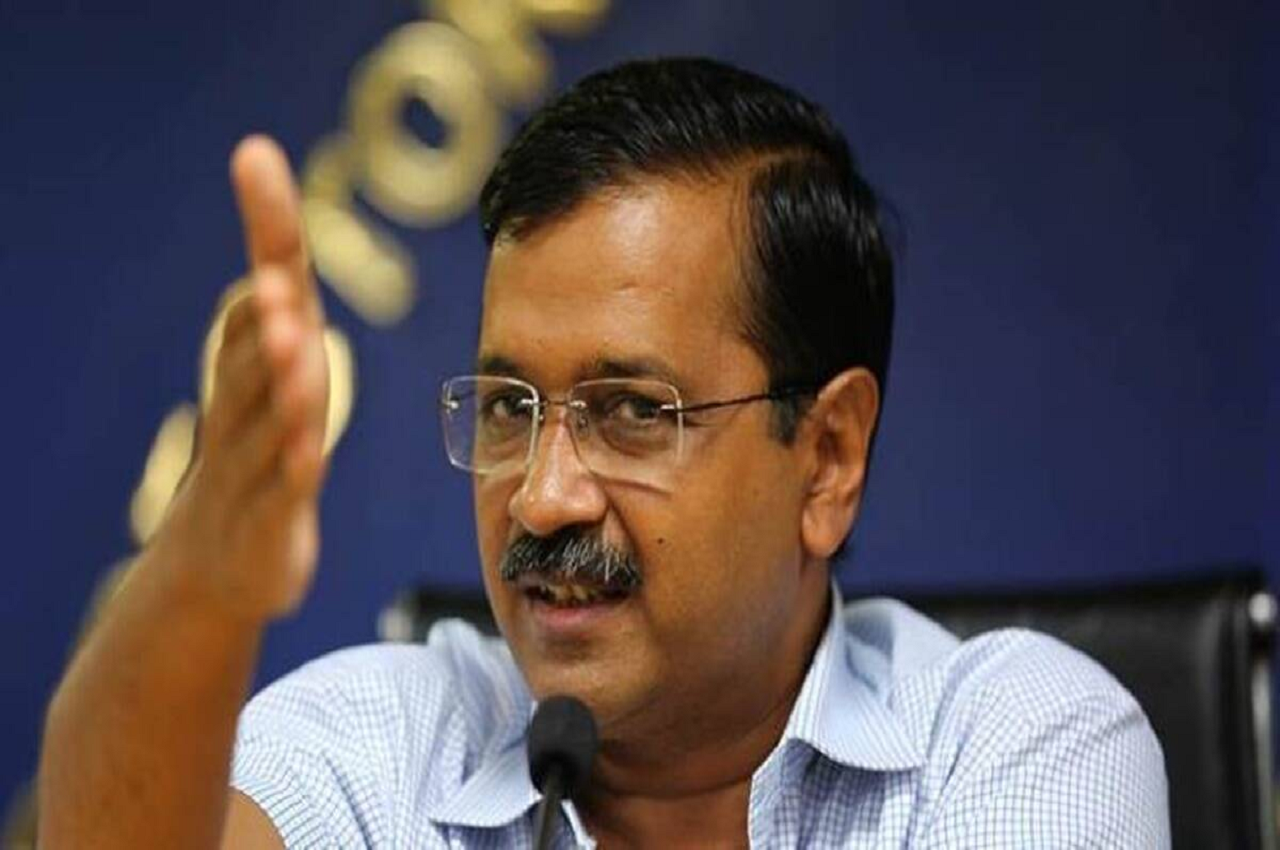New Delhi: The Delhi government has decided to become self-sufficient in the matter of treating ammonia and other pollutants present in large quantities in the Yamuna water coming from Haryana. The Delhi government will set up an ammonia removal plant on a pond in the Yamuna near the Wazirabad water treatment plant. First, Yamuna water will be taken to this plant and treated so that the amount of ammonia can be reduced.
The treated water will then be taken to a water treatment plant to be cleaned and then supplied to households in Delhi. The decision was taken at a high-level review meeting chaired by Chief Minister Arvind Kejriwal on Friday. The Chief Minister has directed the Delhi Jal Board to solve this problem by setting up an ammonia removal plant within the next six months. CM Arvind Kejriwal said that the Delhi government is committed to providing ample and clean water to the people of Delhi.
We will soon use technology to clean ammonia produced in water from industrial waste coming from Sonepat and Panipat in Haryana. Water Minister Saurabh Bhardwaj, Chief Secretary, DJB CEO, and senior officers of the concerned department were present in the meeting.
Chief Minister Arvind Kejriwal held a high-level meeting with the Delhi Jal Board and other concerned officials and discussed several issues including providing clean drinking water to Delhiites, increasing water production, and preventing wastage of water.
The Chief Minister specifically discussed the high amount of ammonia in the water coming from Haryana through the Yamuna. Due to the excess of ammonia in the water, the water treatment plant is facing a lot of difficulty in cleaning it and due to this, the production of water is also getting affected. Raising the issue of ammonia in the last meeting also, the Chief Minister had directed the Delhi Jal Board to find a solution. The Chief Minister discussed the solutions with the DJB official in today’s meeting.
Delhi Jal Board officials apprised the Chief Minister that the department has completed the technical feasibility work of the project. Under this, work will be done in two ways. Firstly, efforts are being made to reduce the ammonia present in Yamuna water as much as possible by treating it in the water treatment plant.
The second is that technology will also be used by the Delhi Jal Board for the in-situ treatment of ammonia. A technical report is being prepared for this.
It was told in the review meeting that water from Drain No. 2 and Drain 8 of Haryana is coming into the Yamuna. This water is very dirty. There is a huge amount of ammonia present in the water, due to which there is a problem in running the water treatment plant. A pond has been built near the Wazirabad water treatment plant to carry Yamuna water to the water treatment plant. Delhi Jal Board is trying to set up an in-situ treatment plant near the pond itself. DJB has started work on this.
Efforts are being made to reduce the pollution level of ammonia present in the water by installing an in-situ treatment plant near the pond. Through the in-situ treatment plant, there is an effort to reduce the amount of ammonia in the water to such an extent that when the treated water is sent from there to the water treatment plant, that water can be completely treated there and become potable. Delhi Jal Board aims to get rid of this problem within 6 months. A project is being made for this.
The water that Delhi gets from Haryana through the Yamuna is used in the Wazirabad and Chandrawal water treatment plants in Delhi. Officials said that since last December 11, Delhi is getting almost zero water from Haryana. The water that is visible in the Yamuna near the Wazirabad Water Treatment Plant is not actually of the Yamuna, but the industrial waste of Panipat and Sonipat, which is coming into the Yamuna through their drains.
This water is black. The amount of pollutant elements in this water is so high that it is very difficult to cure it with water treatment plants. Officials said that several letters have also been written by the Delhi Jal Board to the Haryana government on the issue of dirty water coming into the Yamuna. But the Haryana government has not taken any cognizance of those letters.
Read More :-KARNATAKA ELECTION 2023: SIDDARAMAIAH TO CONTEST FROM VARUNA, KNOW DK SHIVKUMAR’S CONSTITUENCY
After the Haryana government did not cooperate, the Delhi government decided to reduce the ammonia and other pollutants present in the Yamuna water to its level. In a meeting held on Friday, on the instructions of Chief Minister Arvind Kejriwal, it was decided to set up an in-situ plant to reduce the level of ammonia in Yamuna water due to industrial waste from Haryana.
This plant will be set up near the Wazirabad water treatment plant, which will treat ammonia and other pollutants present in Yamuna water and reduce its quantity. After this, the treated water will be taken to the water treatment plant to be purified and then delivered to people’s homes. It is targeted to set up an in-situ plant to treat ammonia within the next 6-8 months.
During the review meeting, Chief Minister Arvind Kejriwal said that the Delhi government is fully committed to providing ample and clean water to the people of Delhi. Soon we will use good technology to clean ammonia produced in water from industrial waste coming from Sonipat and Panipat in Haryana so that the production capacity of water can be increased.
Also Read:ANOTHER INFLUENTIAL LEADER DUMPS BJP FOR HOMECOMING TO CONGRESS
Read More :- Latest Cities News













